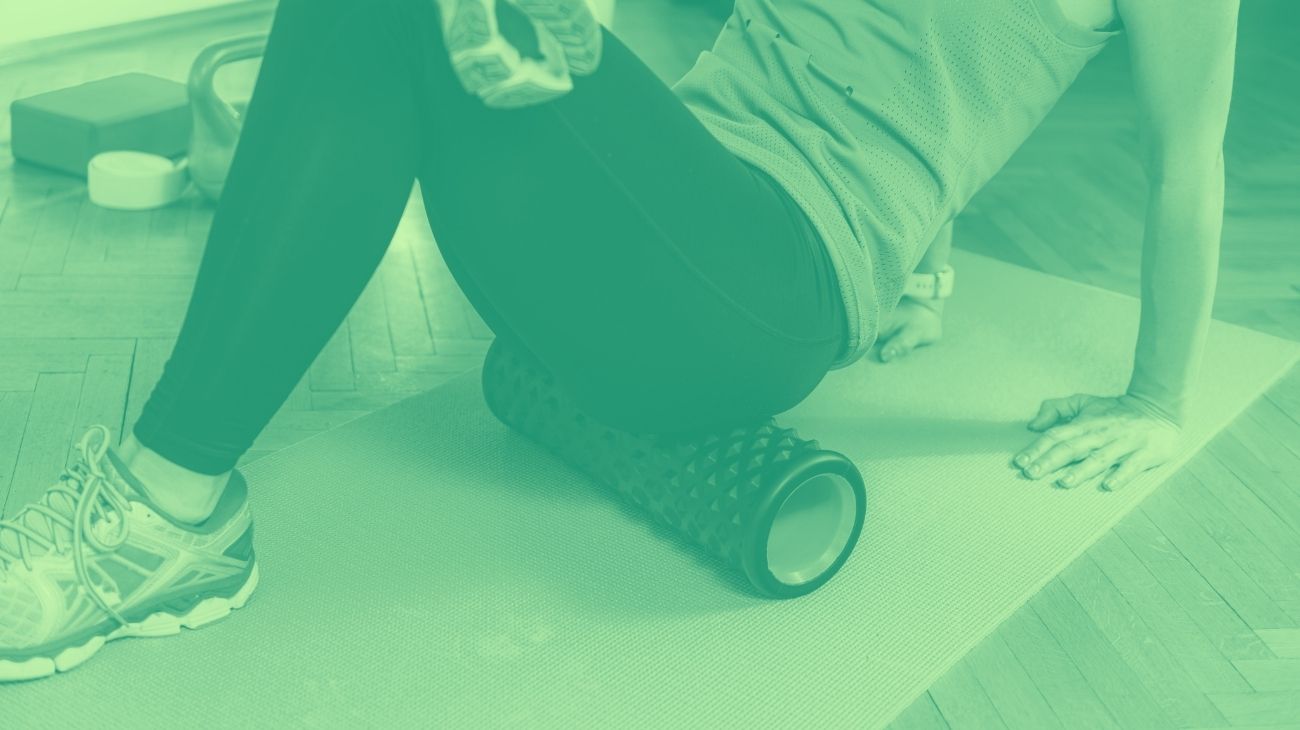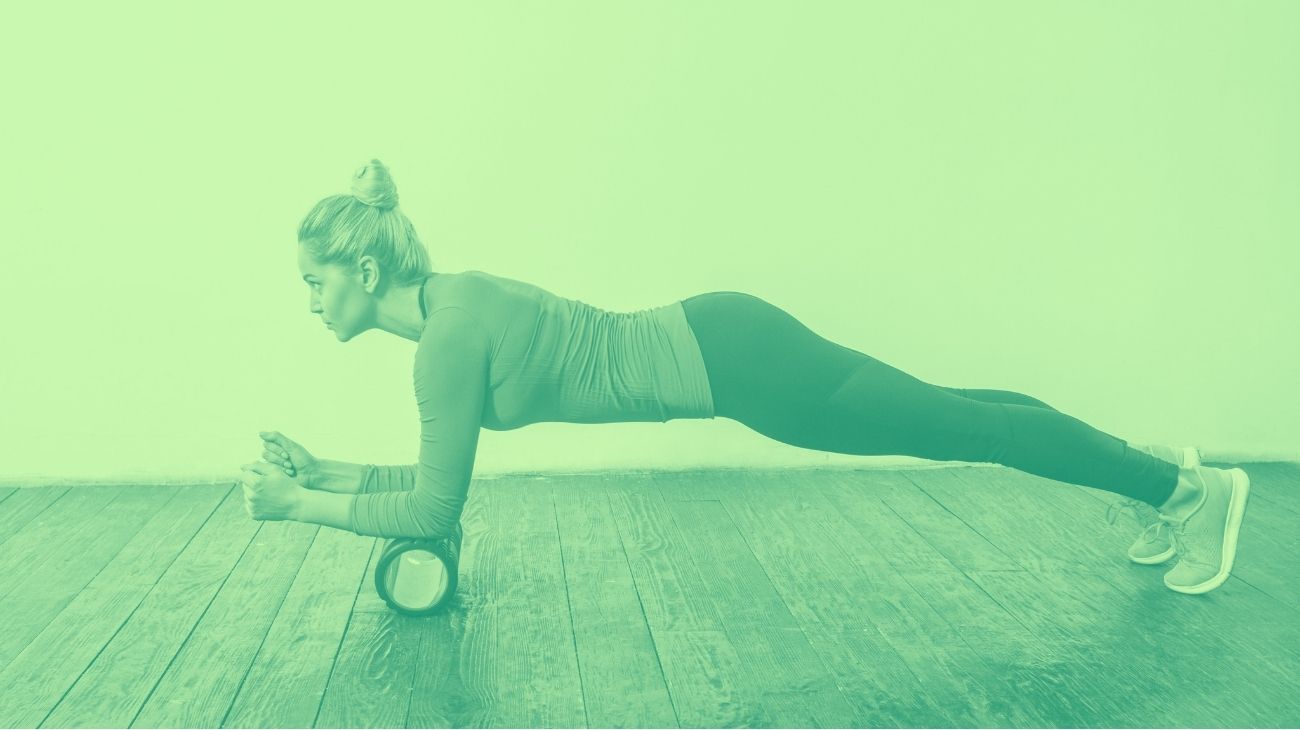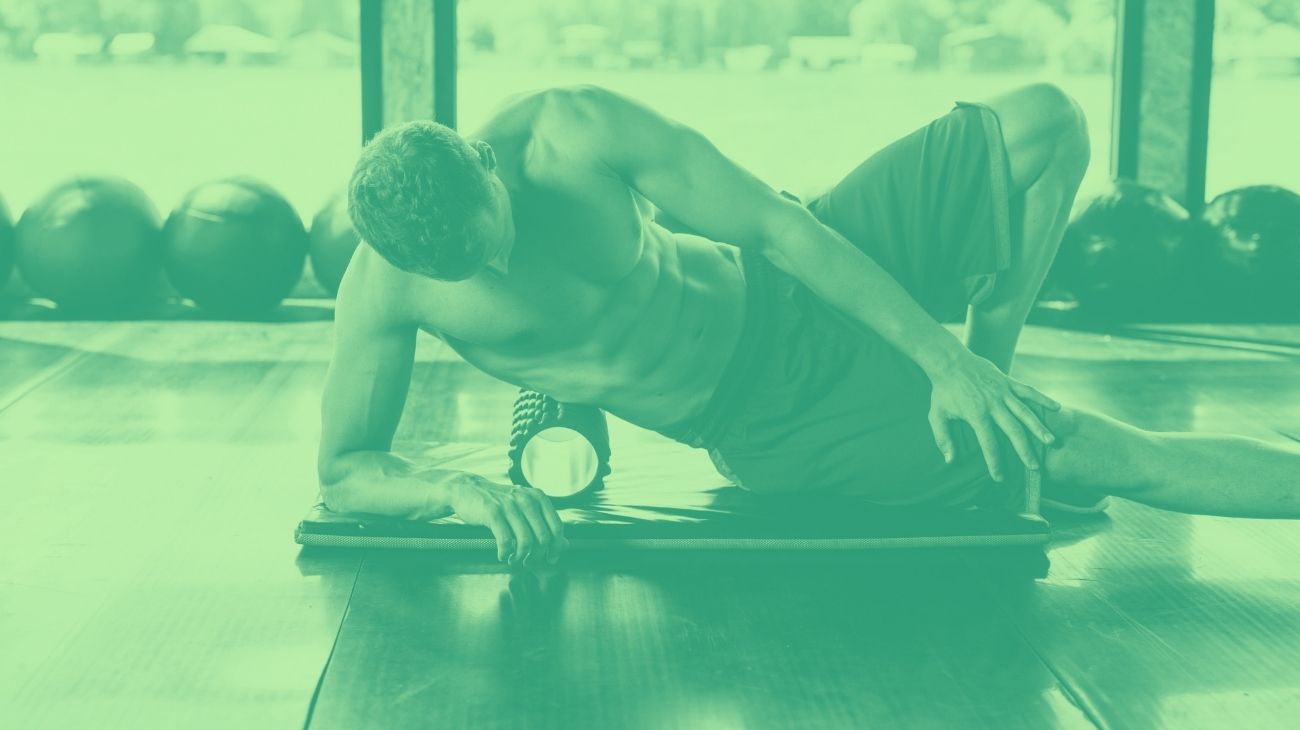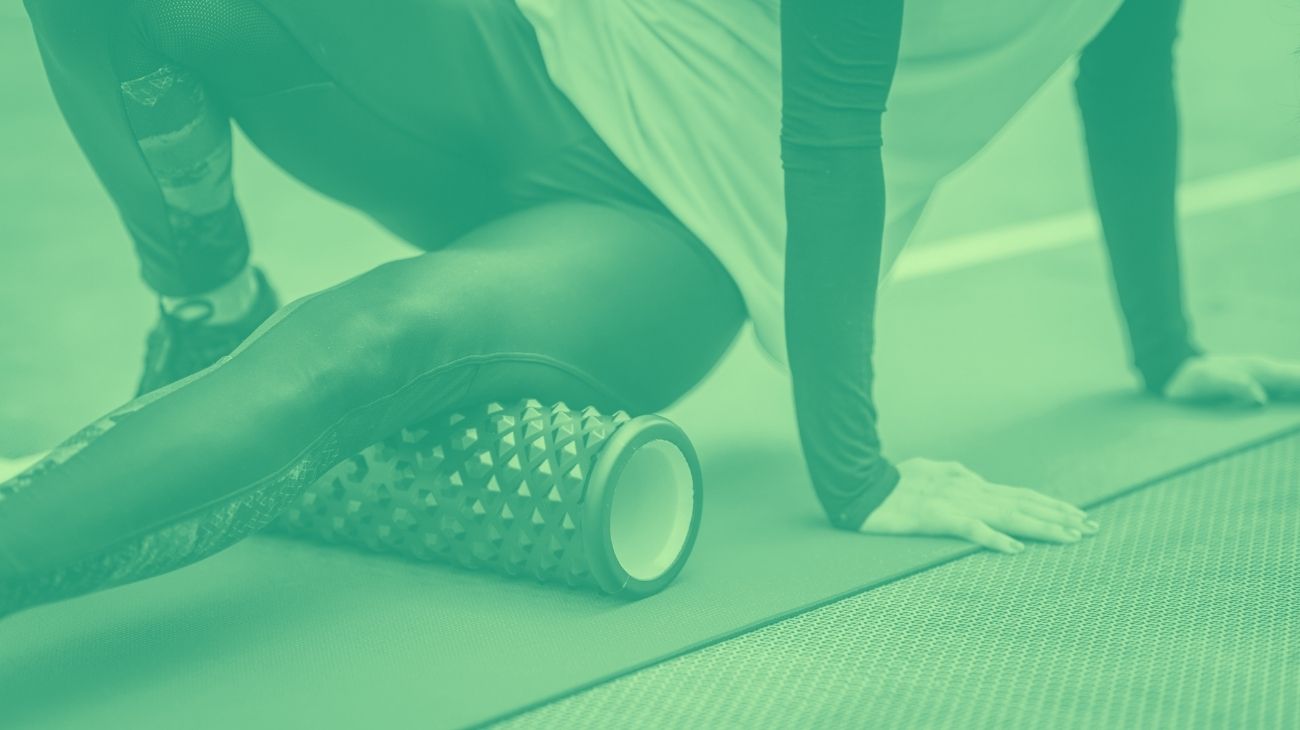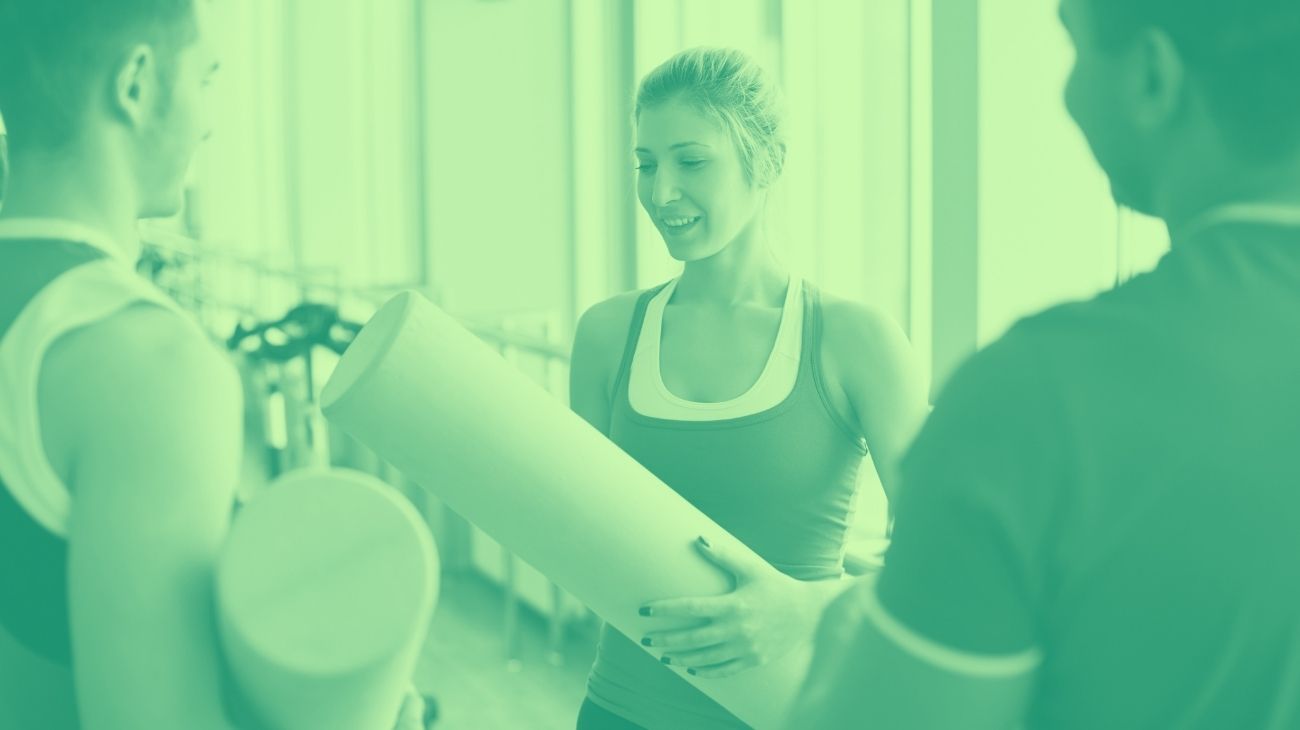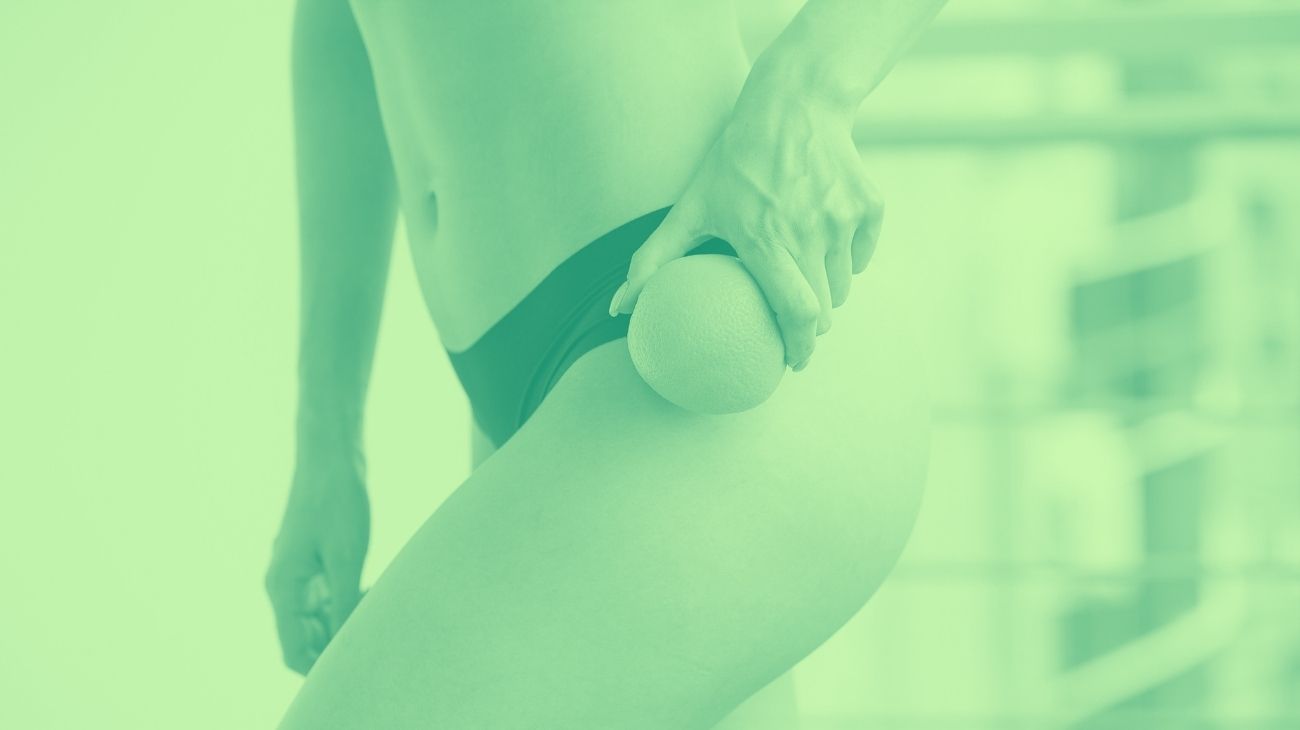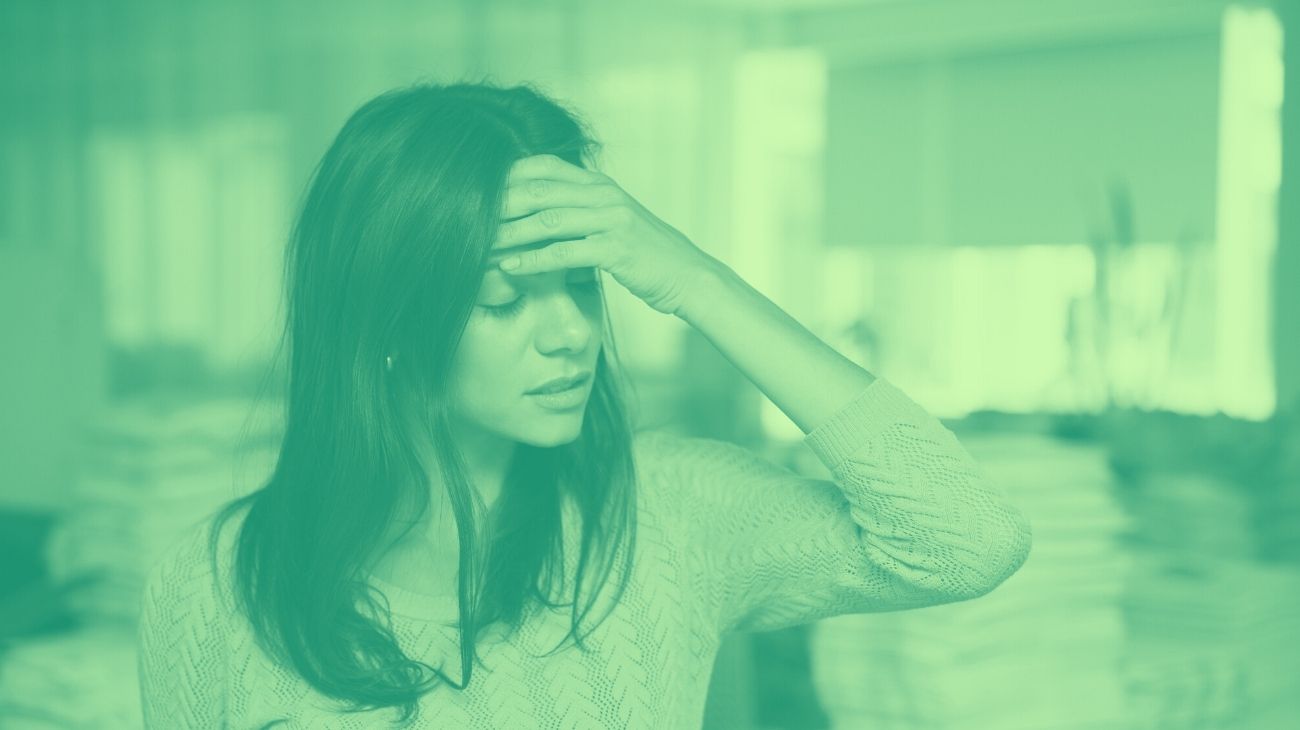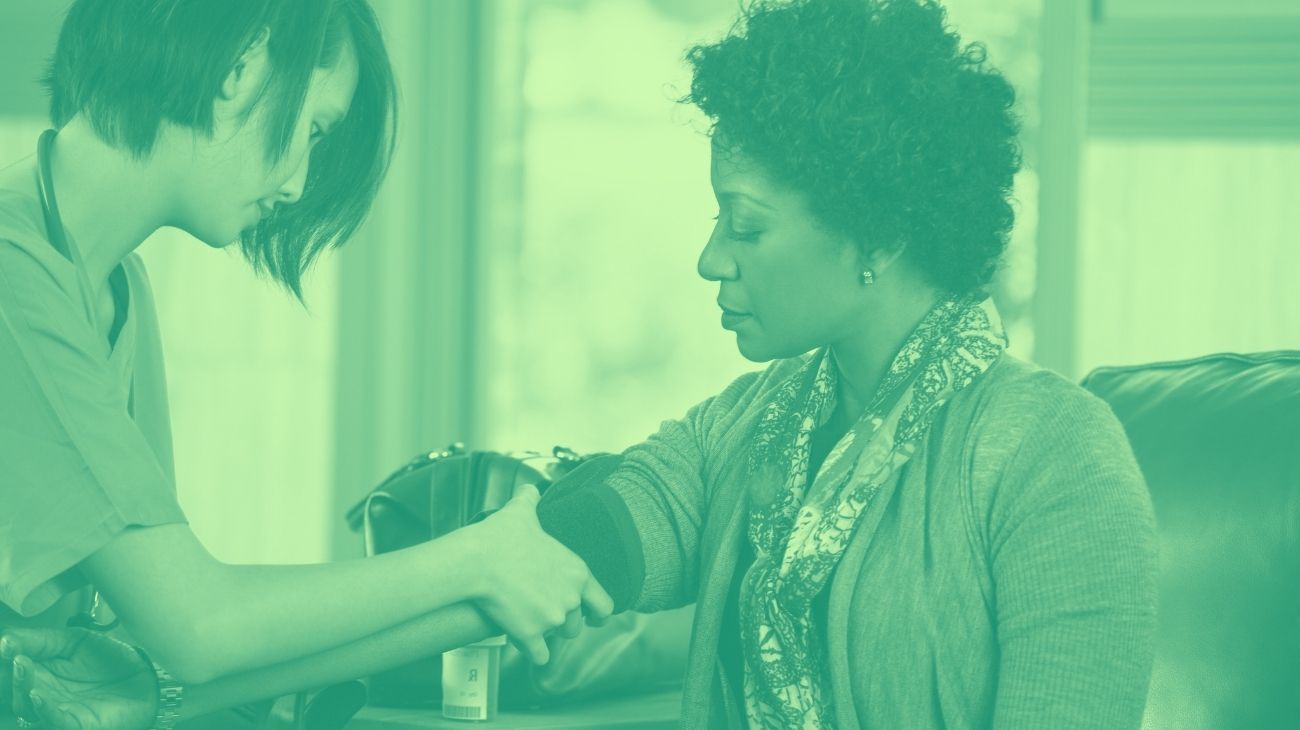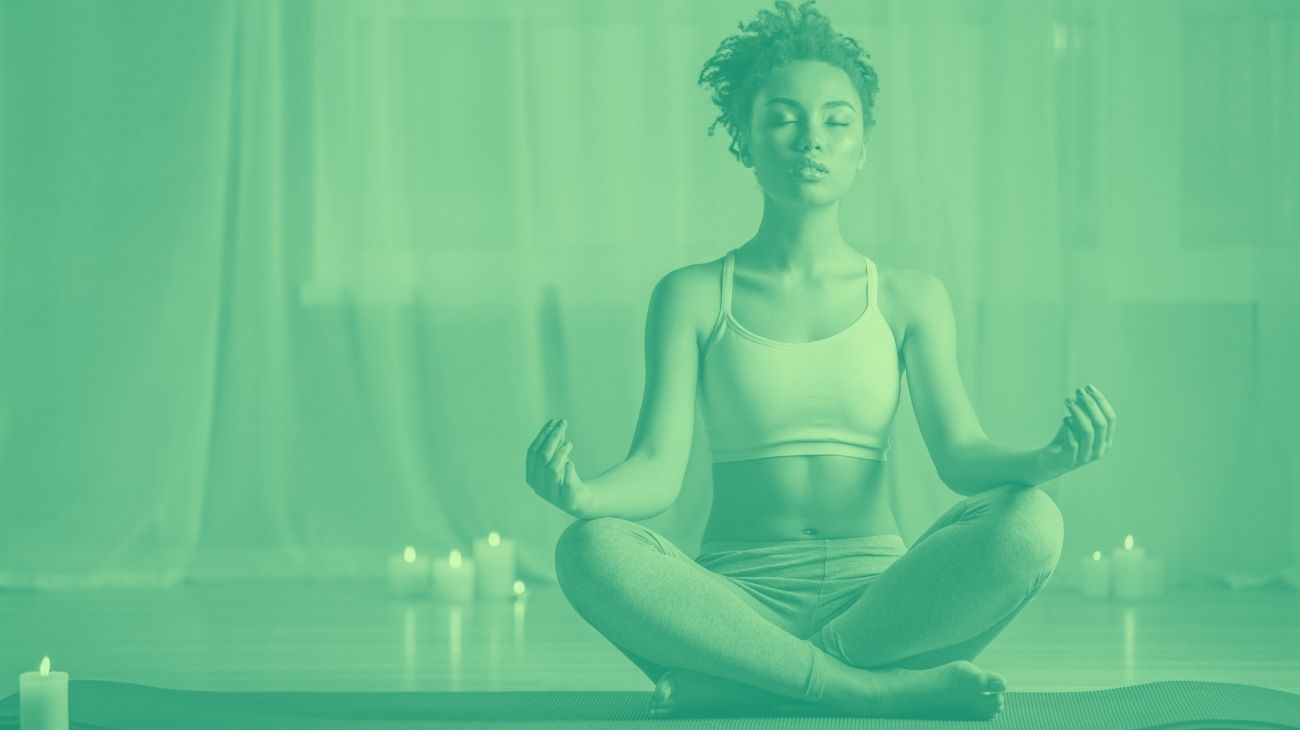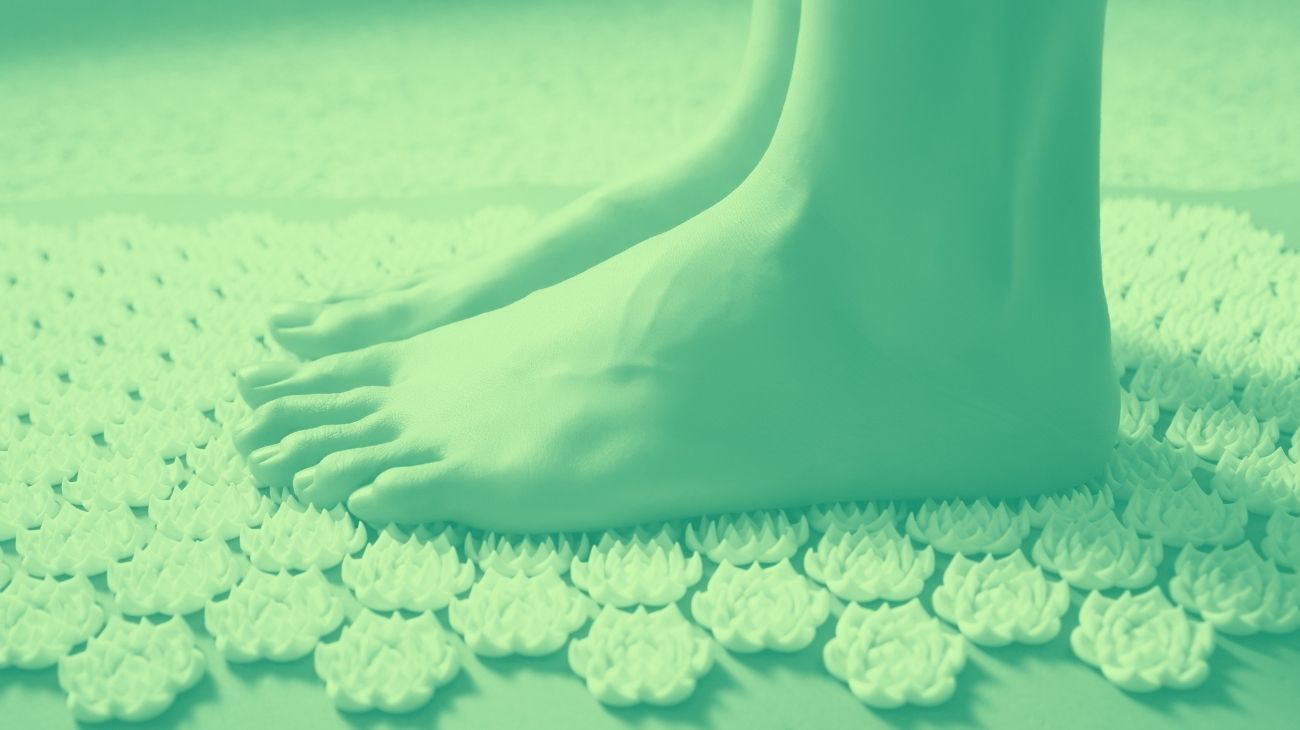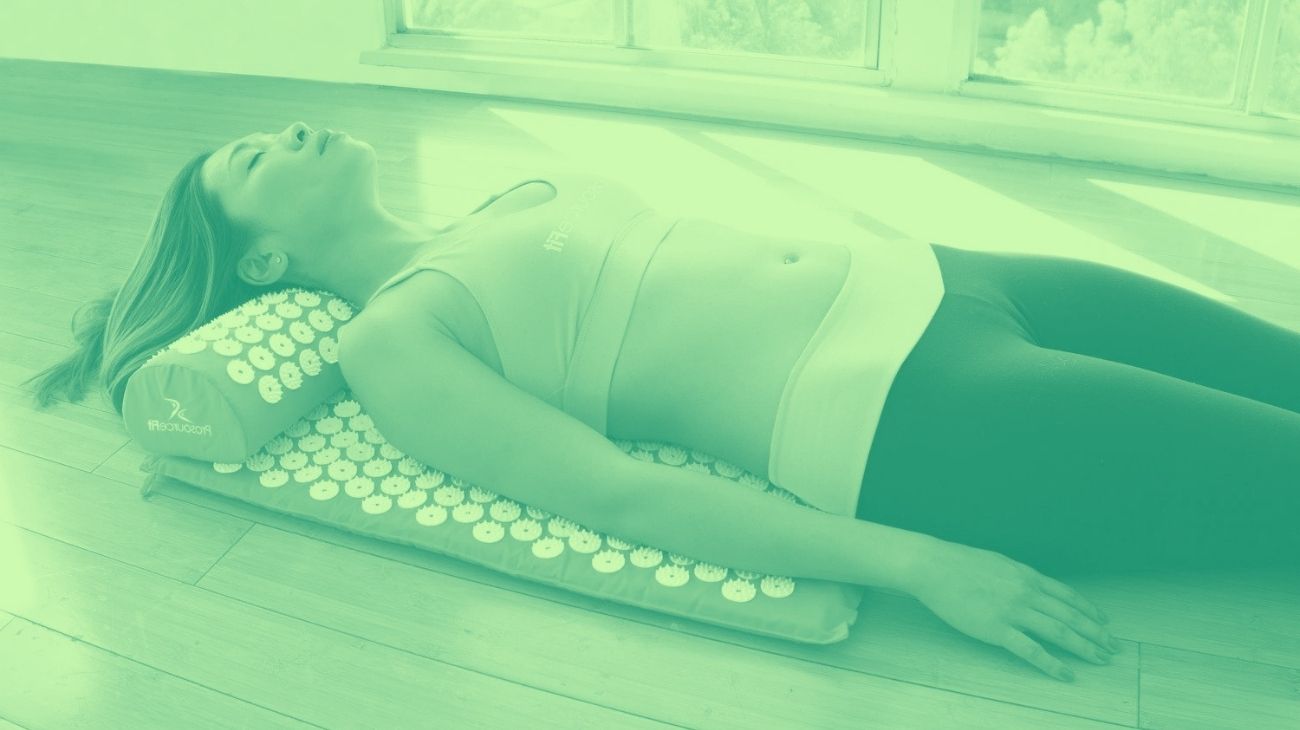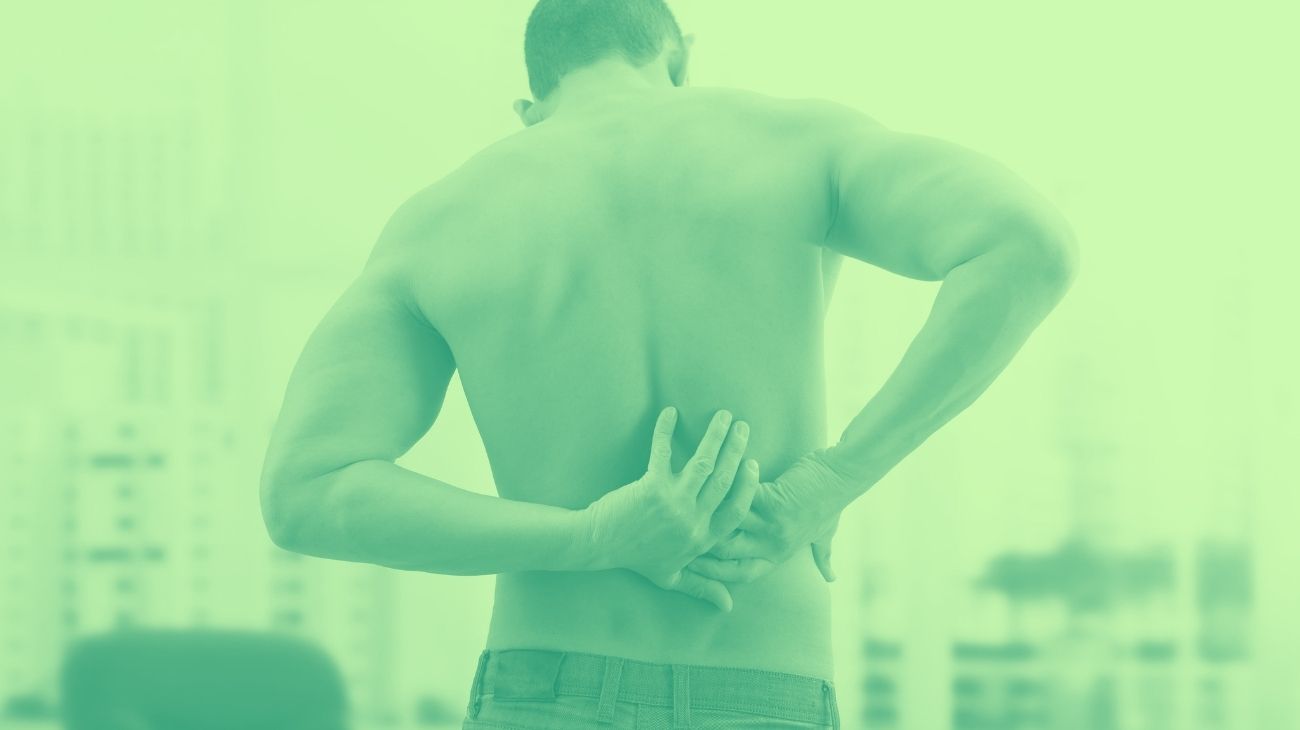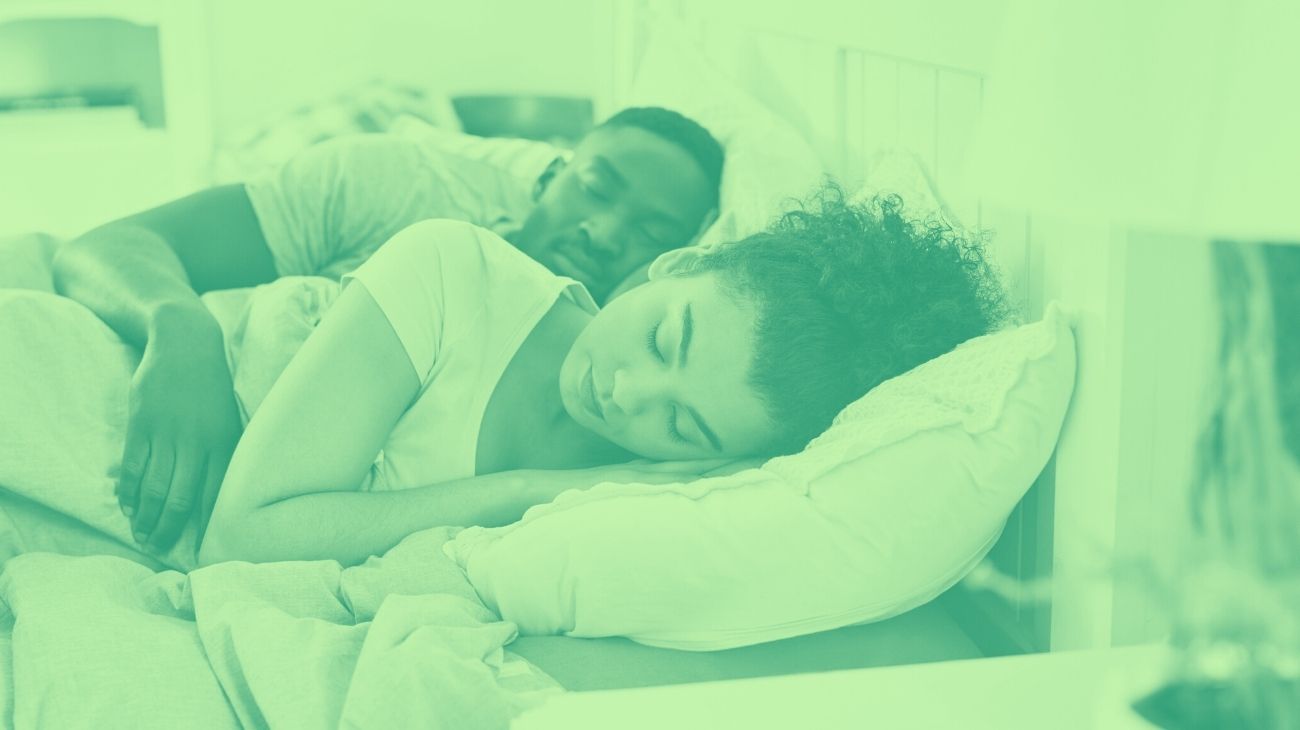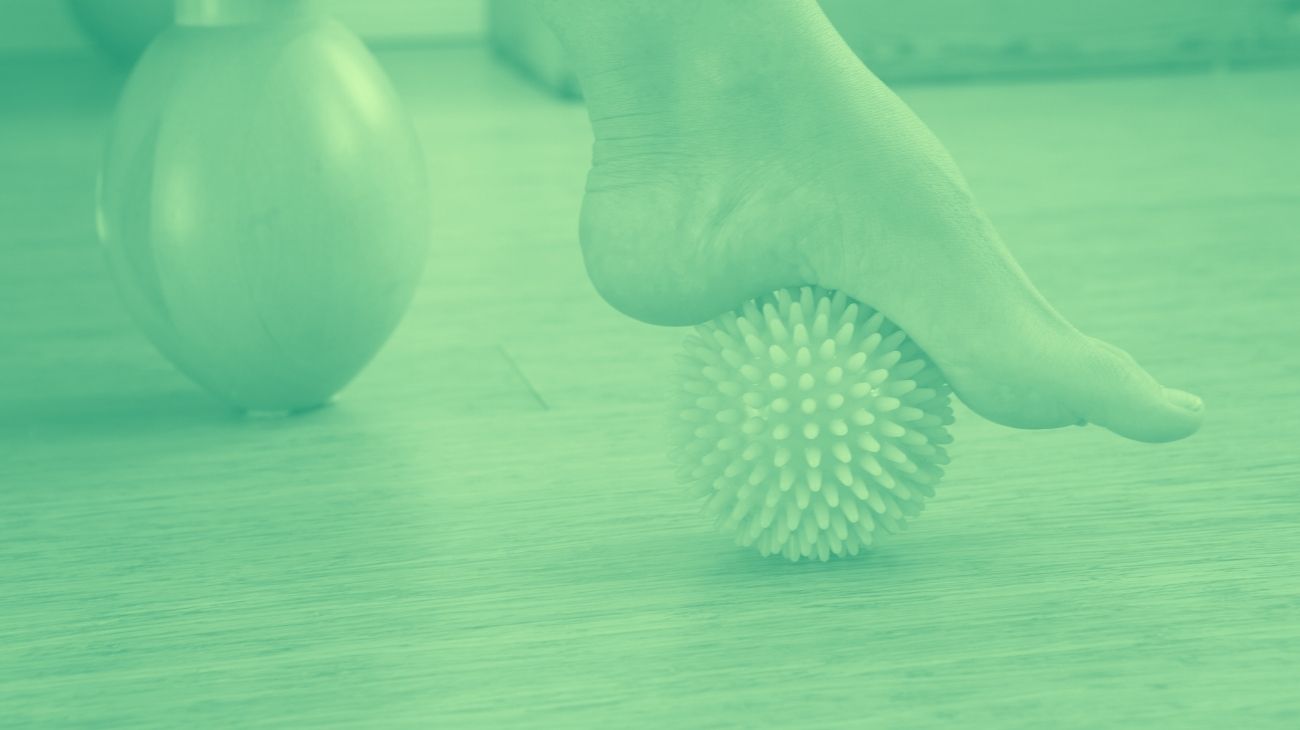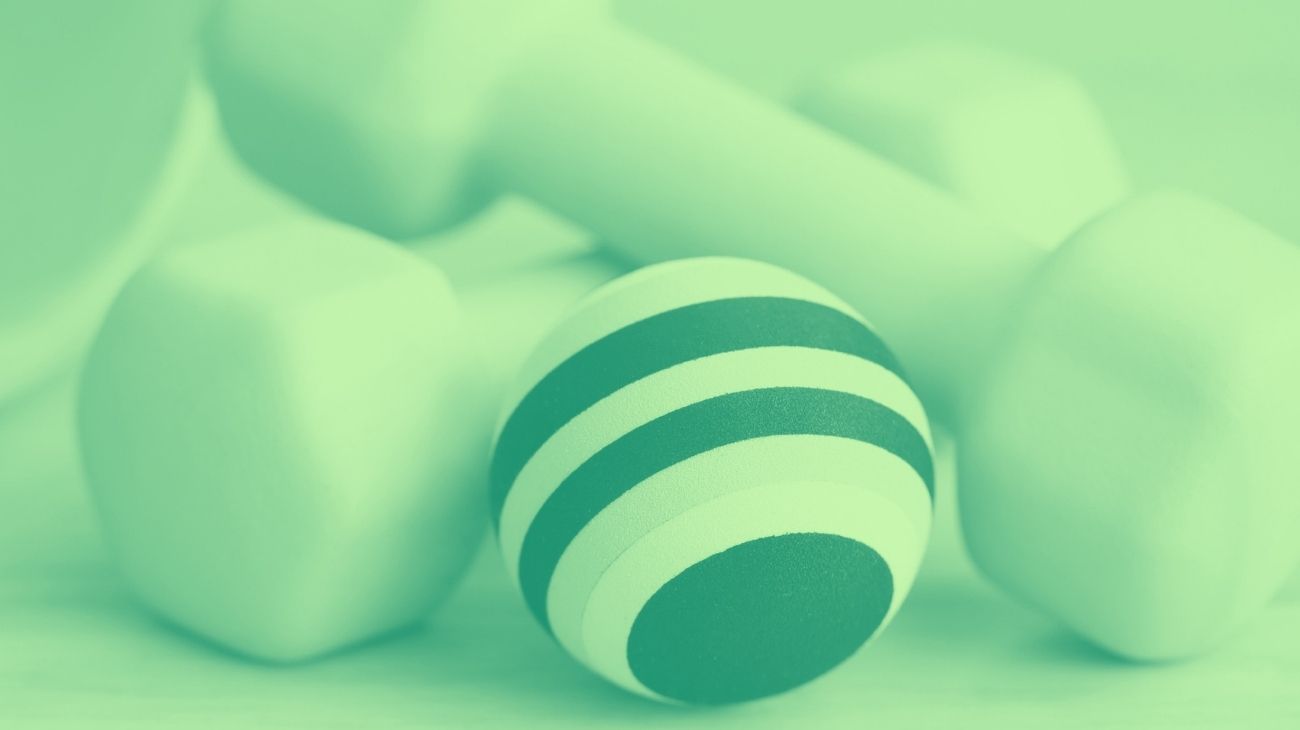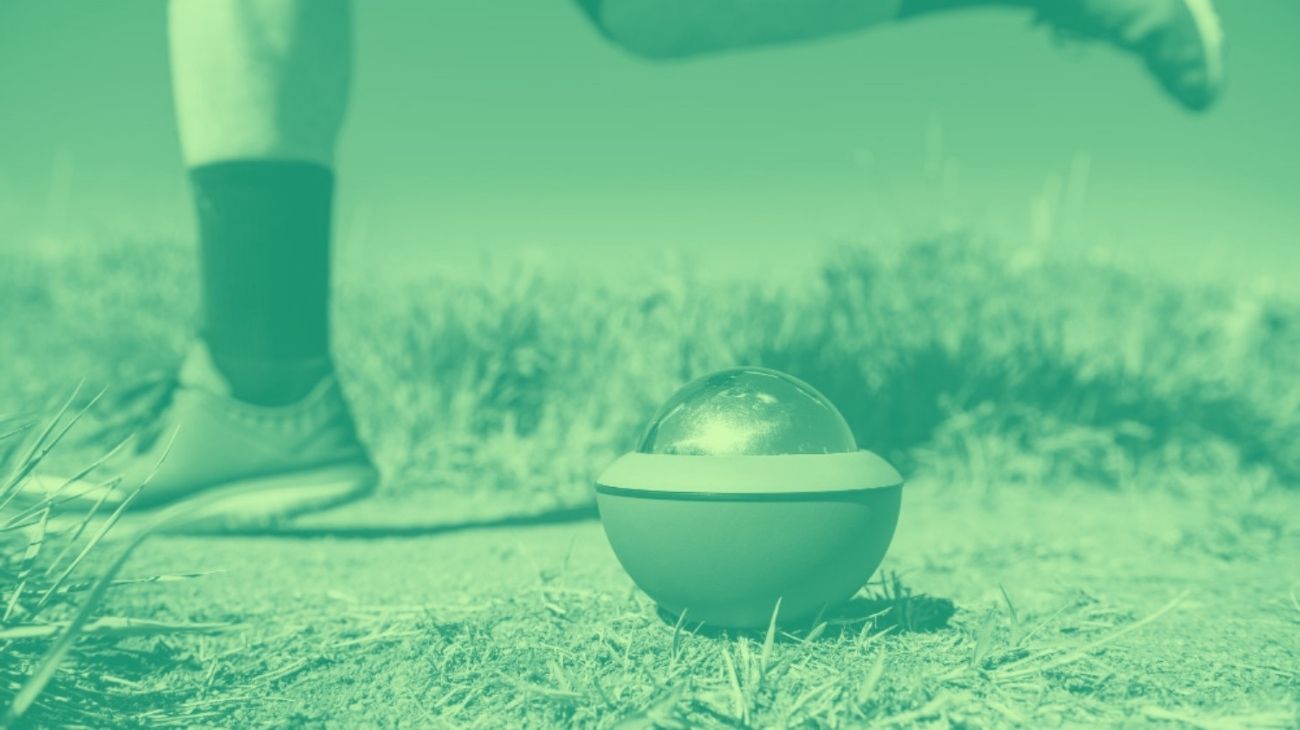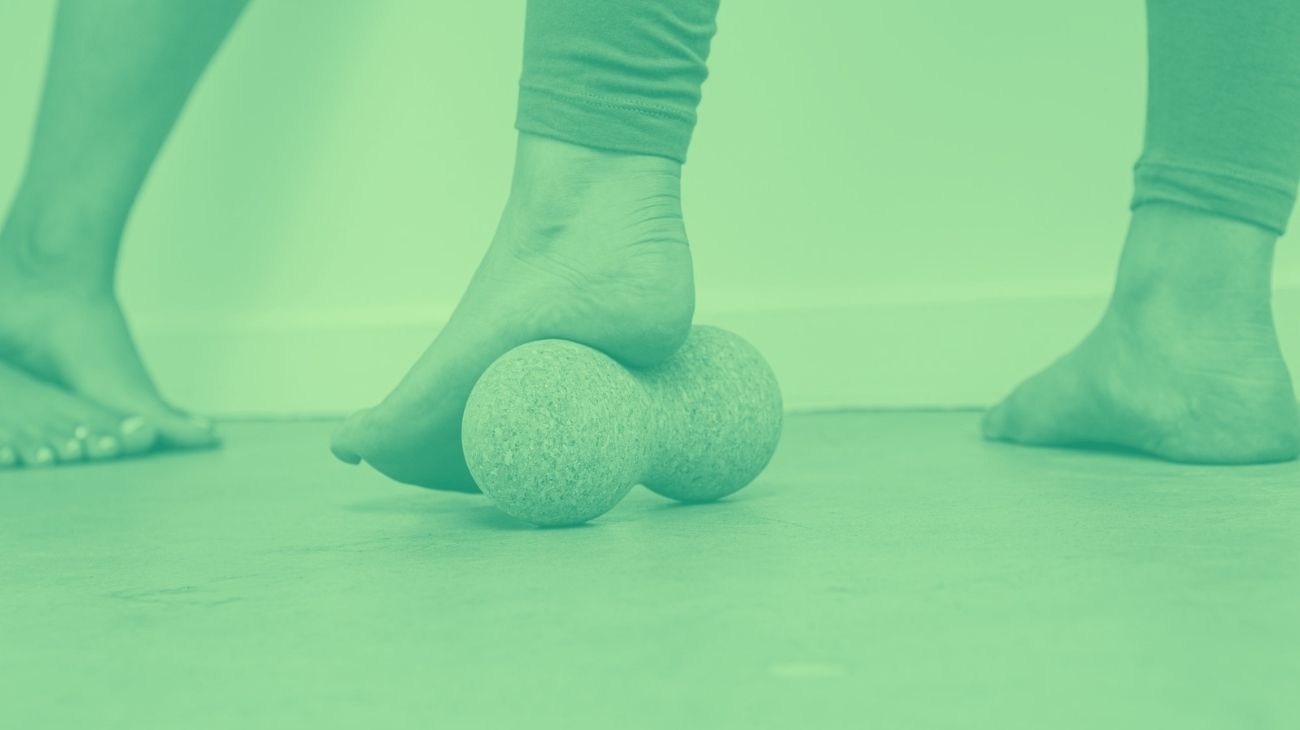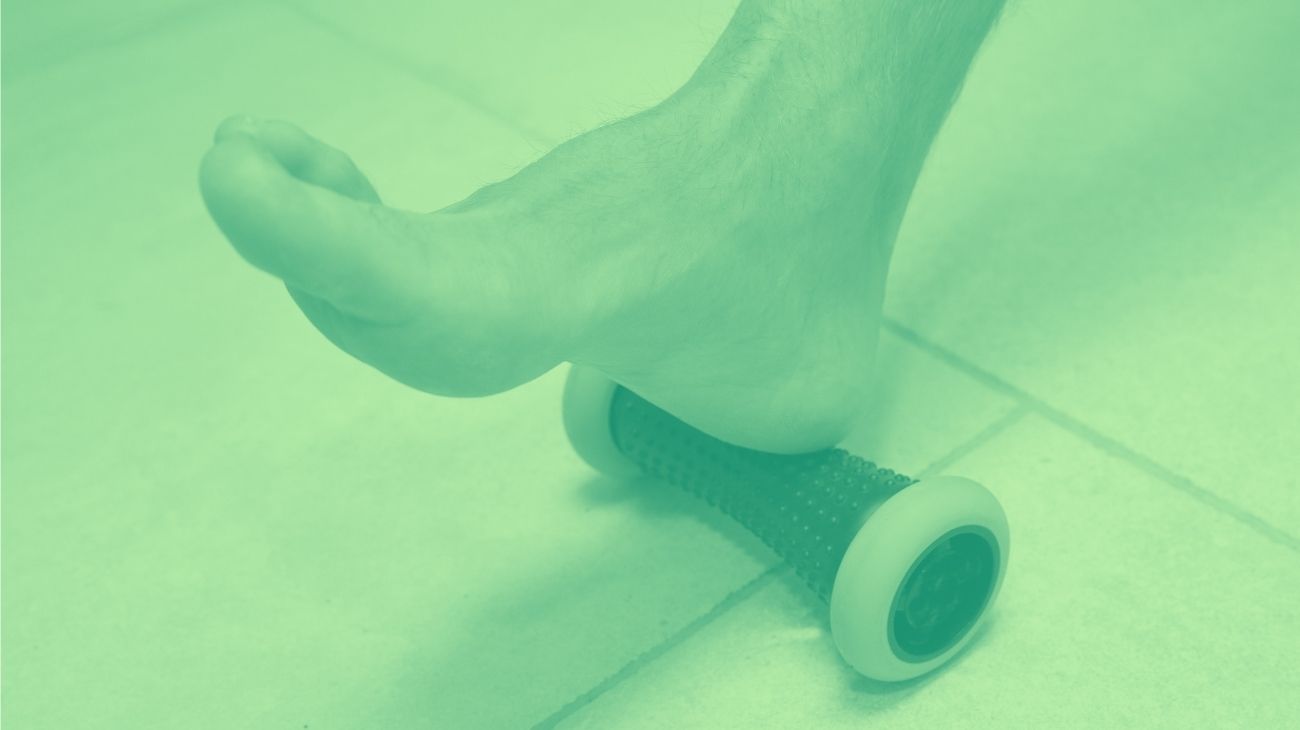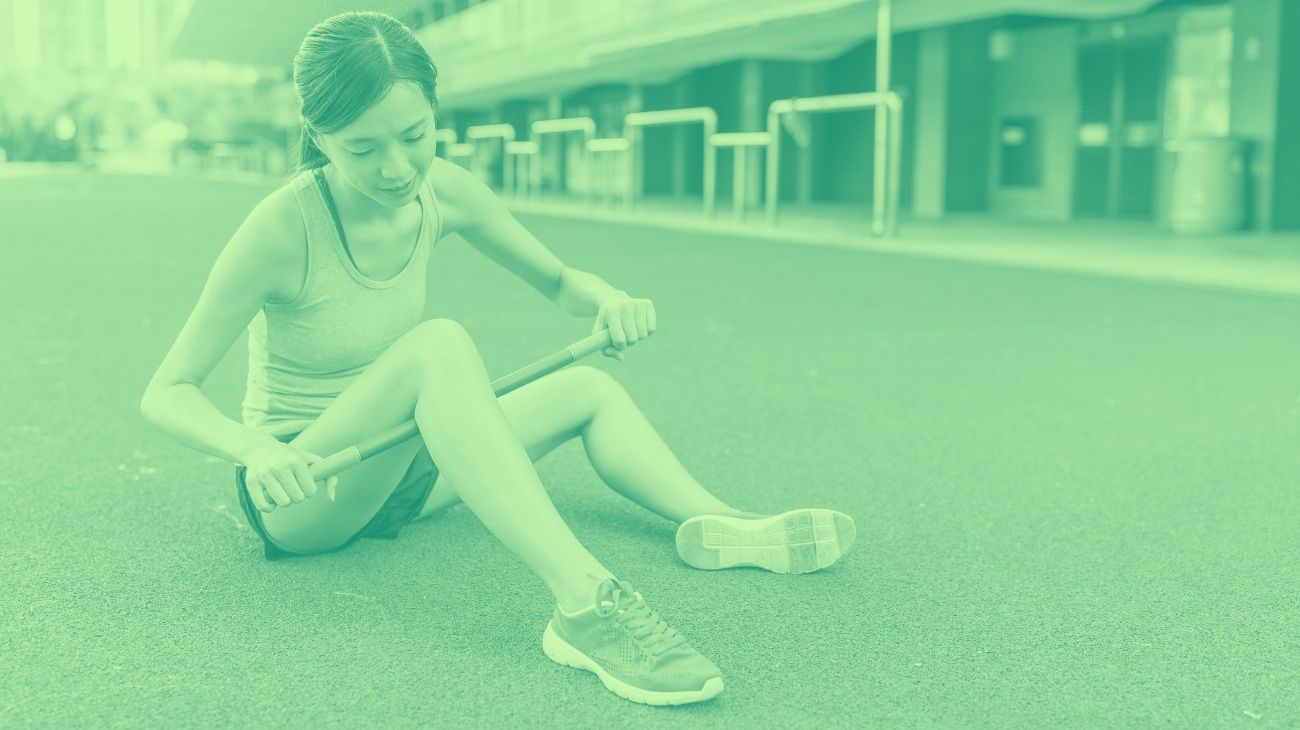WHAT WE DO?
We want to help you invest your money in the best acupressure products, that's why in each of our reviews we strive to make the best selection so you can make the best decision and compare for yourself which ones fit your needs depending on the sport you practice or the type of injury you have.
HOW DO WE DO IT?
In order to find the best products, we search for the opinions, suggestions and options that the best acupressure kits brands can offer you, and then we analyse their reliability, price and quality. Finally, we offer you a very complete comparison of products so that you can choose the best one.
YOUR OPINION COUNTS
Our main objective is to help you choose the best, so we care about your suggestions and opinions about our website, to improve every day and that our shopping guides are increasingly complete and respond to the particular needs of each of you, thank you very much for your confidence.
More Acupressure Products
The history of acupressure
What is acupressure and what is it used for?
The main acupressure points
If you want to achieve a deep state of relaxation, the points of action are usually located in the upper body, such as the head, neck area and limbs. However, here are other acupressure points you should know about.
Health benefits of acupressure massage therapy
If you're hesitant to get involved with acupressure, check out this list of the best benefits this traditional Chinese technique can offer you.
- Facilitates sleep and rest: stress and anxiety cause insomnia in many people. Acupressure drains the pent-up energy and ensures better sleep and restful nights.
- Relief from headaches and migraines: acupressure is more effective than muscle relaxation massage for migraines. This technique quiets the mind and helps people find more solutions to their problems.
- Relieving toothache: It is important to emphasize that acupressure does not eliminate the original problem of the tooth, but only relieves the pain until the dentist can repair the damage. There are points on the jaw that serve this function.
- For nausea and vomiting: although these are ailments that originate in the head and stomach, relief can be obtained by touching various points on the hands and wrists. This should be done with the thumbs. The positive reaction is immediate.
- For constipation: the points on the abdomen help to move the intestines until the accumulated stool finds its way out. Constipation is associated with stomach pain.
- To induce labor: There is not enough evidence to link acupressure directly to labor, only that it improves circulation and prevents fluid retention. There are certain points that should not be touched during pregnancy.
- Reduces Anxiety: Stress, anxiety, fears and phobias are human characteristics that are regulated by touching seven main points on the head. Several sessions are required to achieve a visible effect.
- Improves digestion: to improve digestion, you should firmly touch the points on the abdomen and create light movements over the back in the area of the intestines. Positive changes can be noticed after the first session.
- Improves blood pressure: High blood pressure is a condition that can be regulated by acupressure. Acupressure requires at least 8 weeks of sessions, each lasting 20 minutes. Different parts of the body are touched to regulate blood pressure.
- Helps reduce depression: Emotions such as depression activate areas of the brain that can be regulated by light touch. With regular sessions, the change in attitude will be visible.
- For heartburn: If the heartburn is mild and there is no reflux, it can be controlled by touching points on the chest and in the diaphragm area. If the sensation persists, do not hesitate to see a specialist.
- For plantar fasciitis: fascia is a tissue that occurs throughout the body. Therefore, acupressure affects the entire surface of the body and not just the soles of the feet. However, with acupressure mats, you can stimulate only the foot for quick results.
- For the sciatic nerve: the points that control this condition are located on the back. They must be treated carefully because the pressure on the nerves can cause pain. The nerves are very sensitive to the pressure of the hands and, in acupuncture, to the pressure of the needles.
- Muscle relaxation: when you touch the trigger points, you modulate the tension and irregular contraction of the muscle fibers. You can improve entire muscle groups at once or a single muscle.
- Releases muscle tension: In this holistic technique, tension is energy buildup, and the power of the hands is used to help energy flow better through the body. The less energy that is accumulated, the less tension and associated pain.
- Muscle tension: Acupressure helps you regulate muscle tension and spasms. You can also use this technique as a preventative measure if you play sports.
- Sports injuries: They are mainly used on the lower limbs, that is, in sports such as soccer or basketball. Touching these points brings great benefits for chronic and minor injuries related to inflammation, moderate pain and muscle fatigue.
- Improving athletic performance: like acupuncture, this modality prepares the muscles for the high demands of sports. It serves to warm and cool the body.

